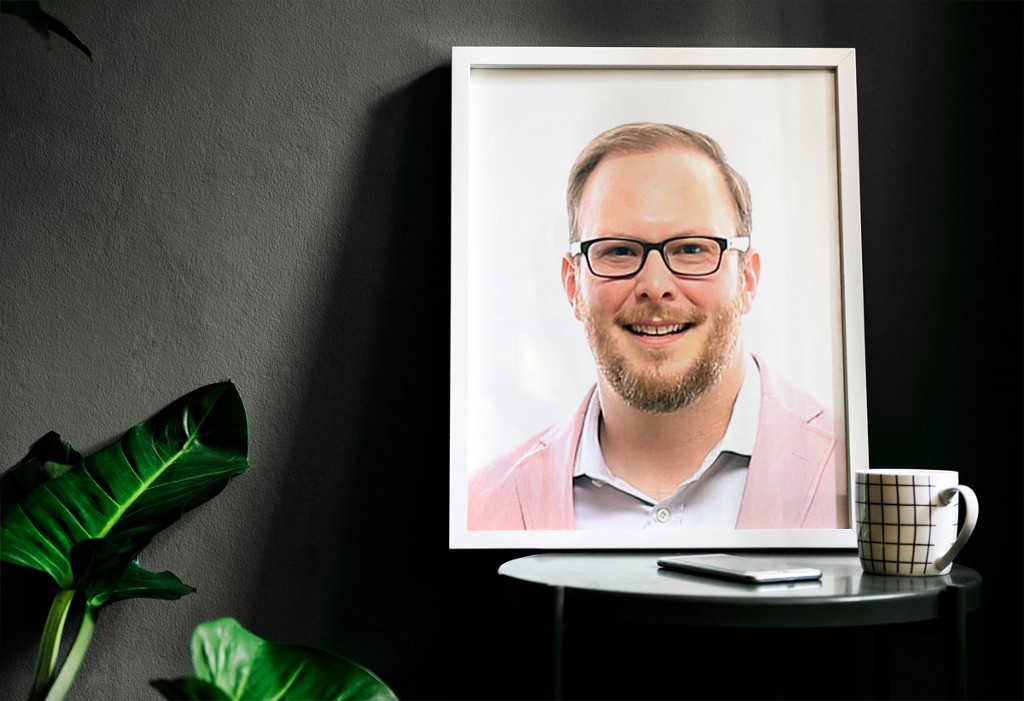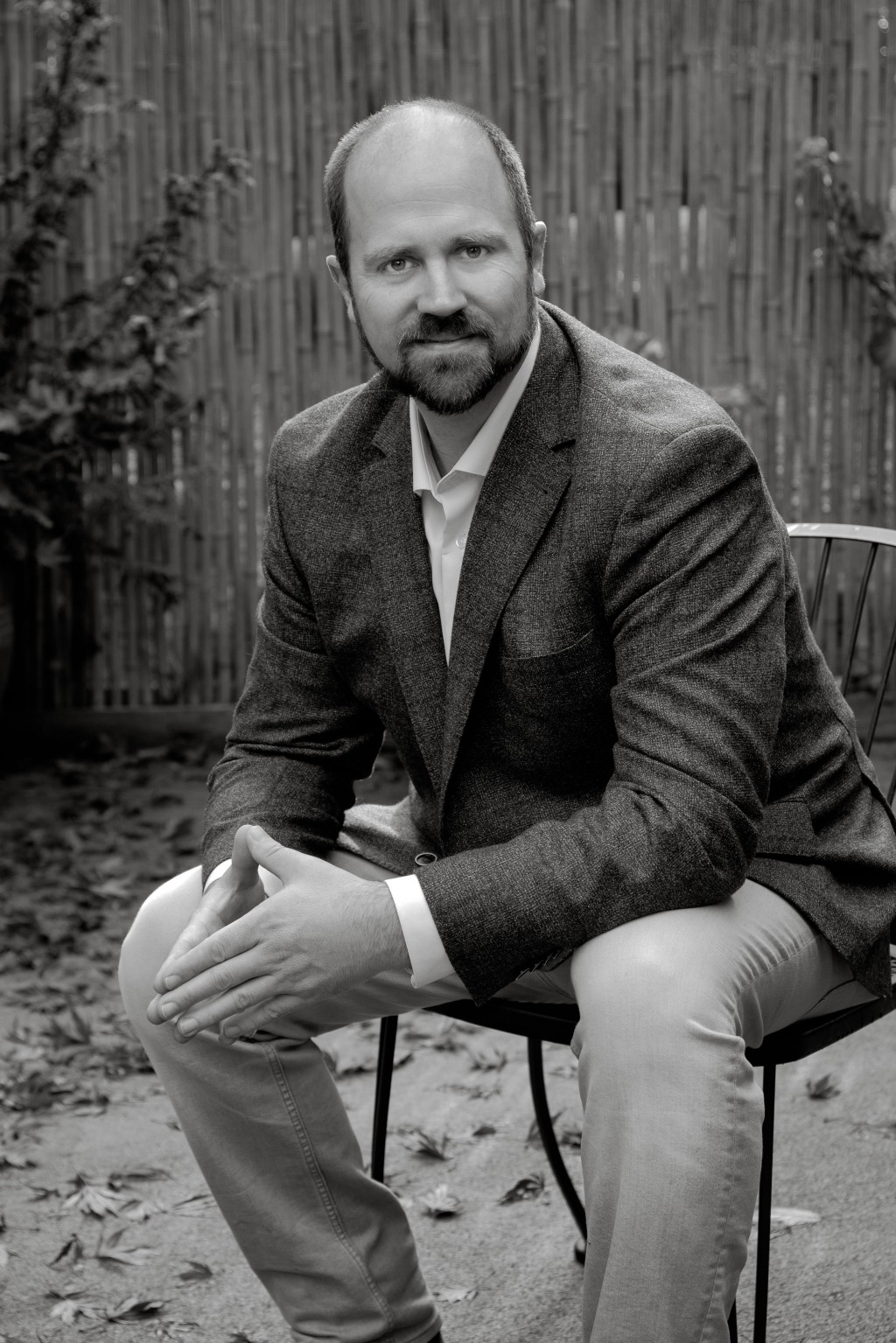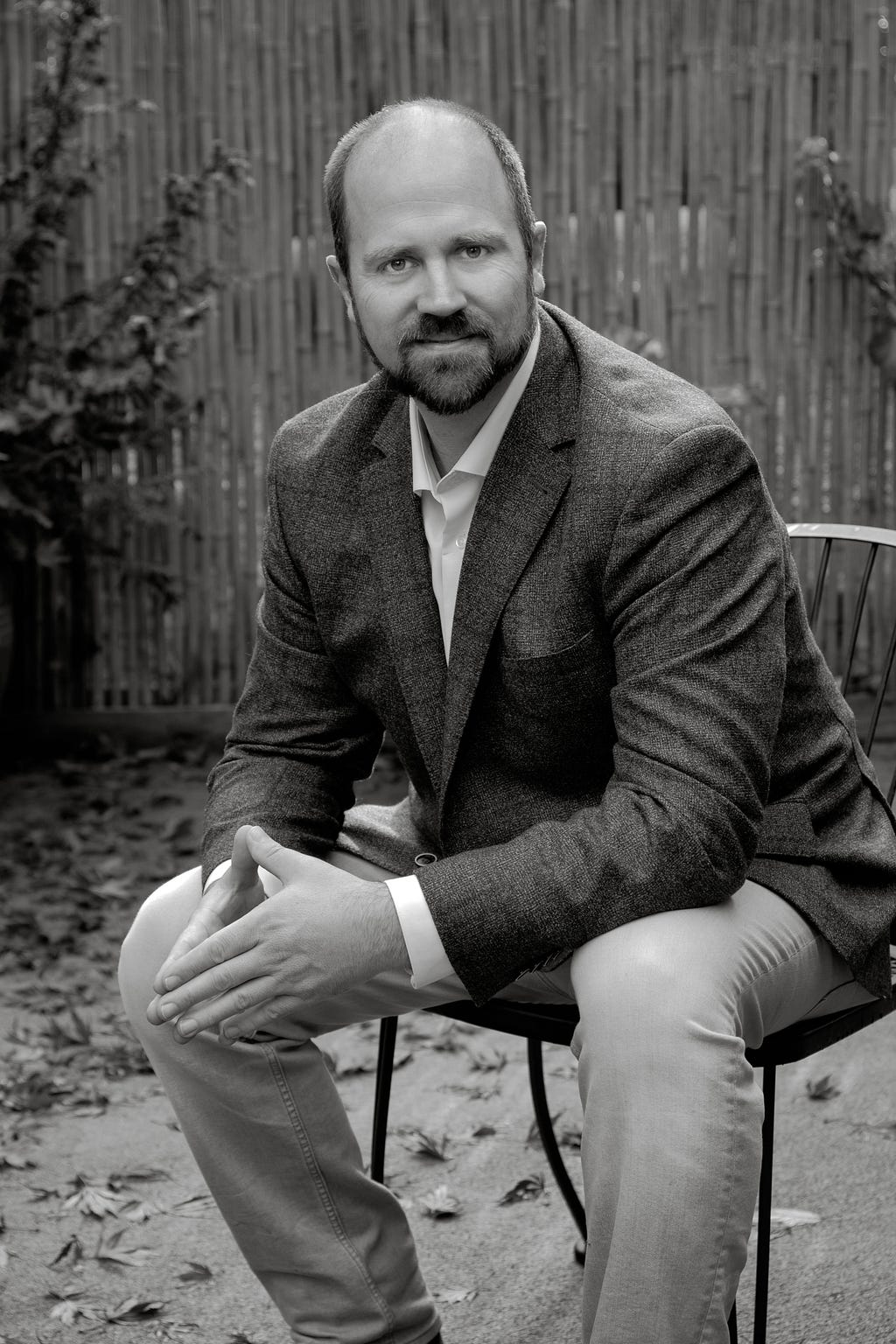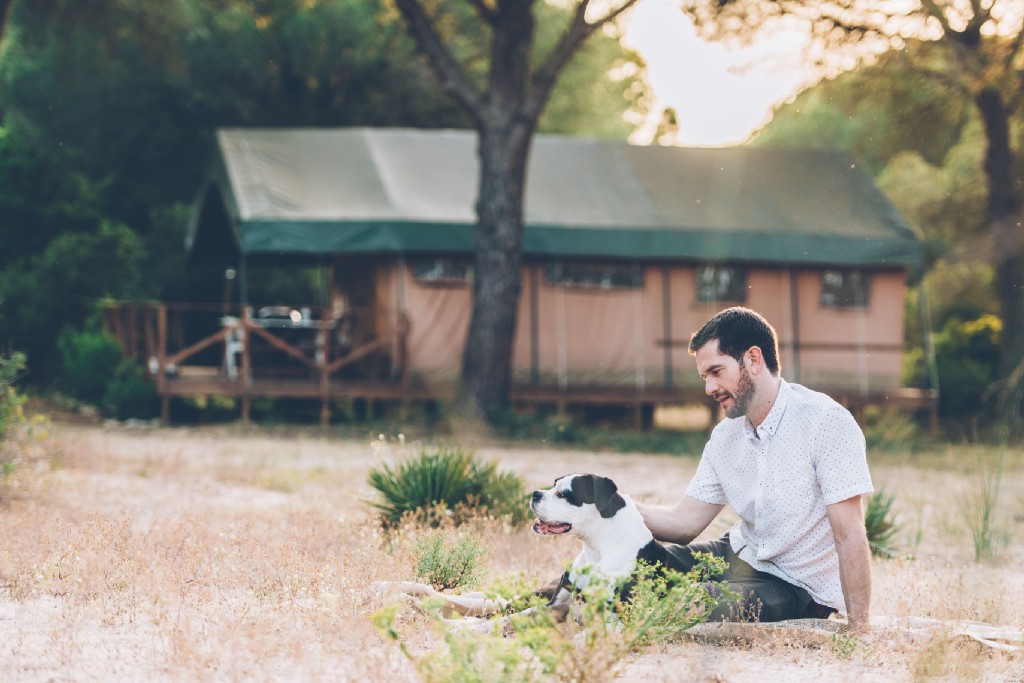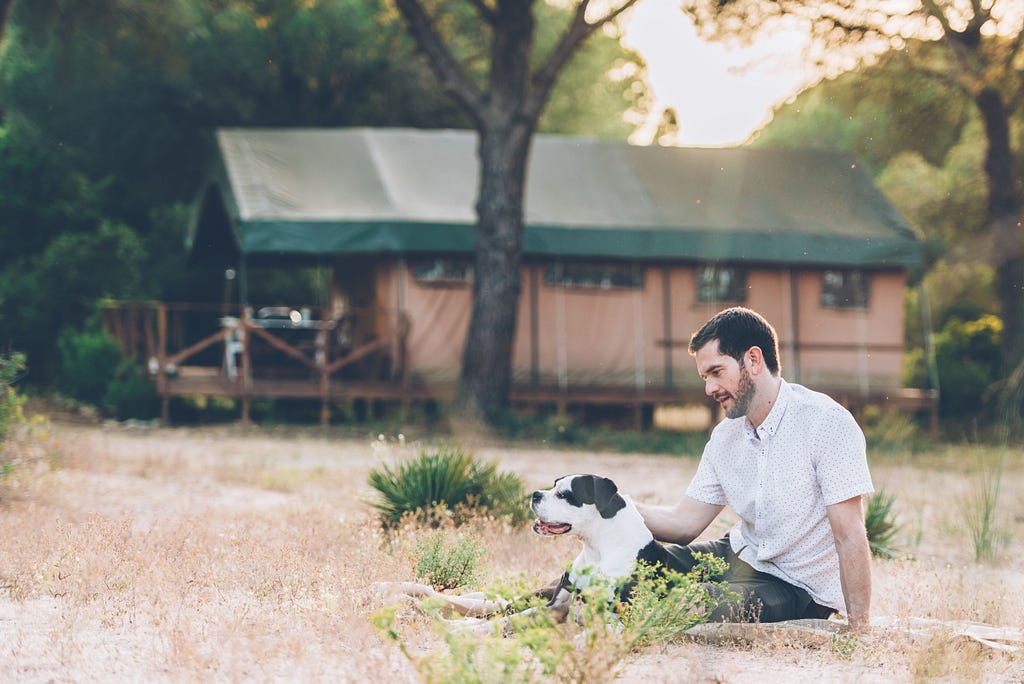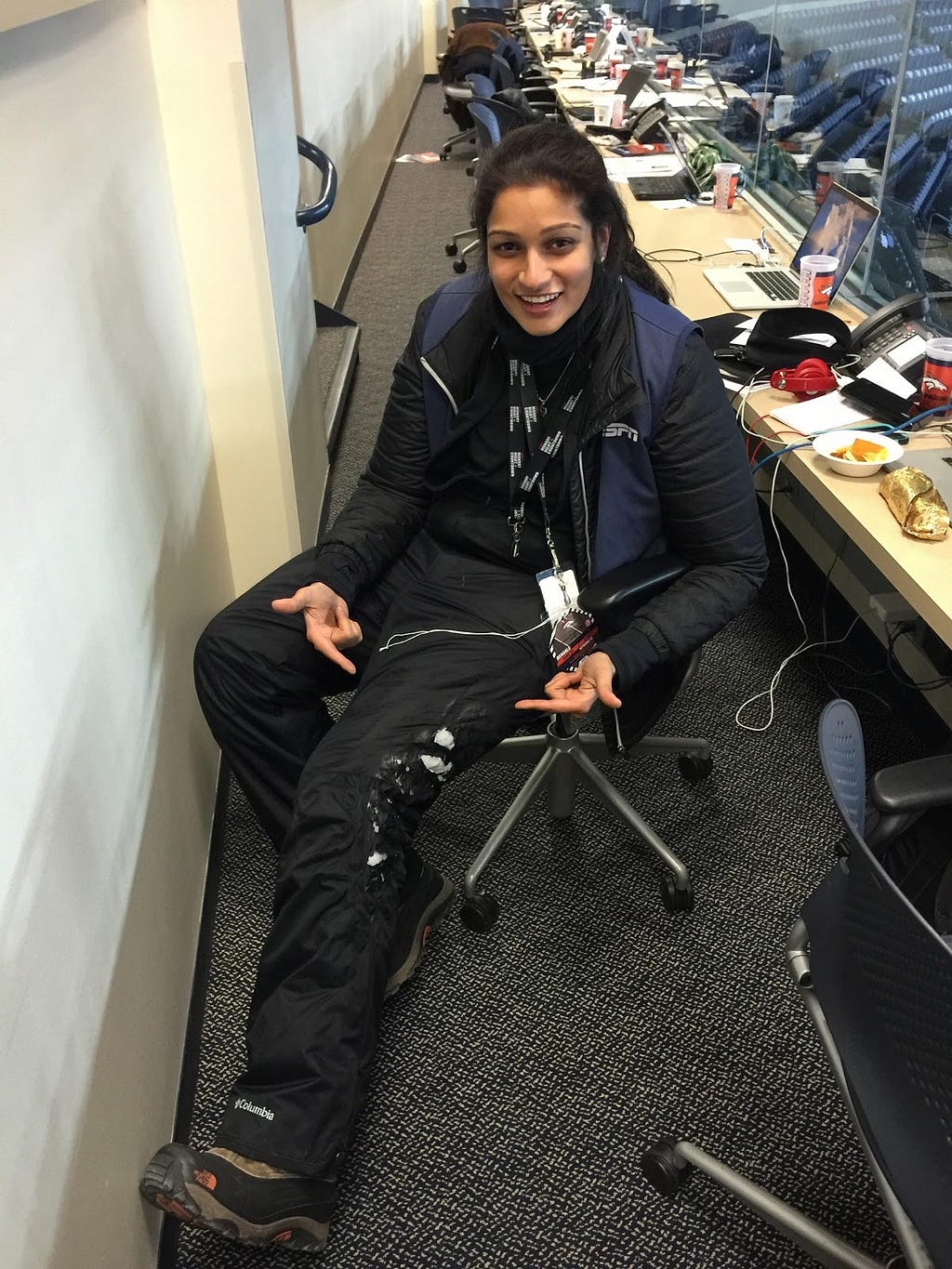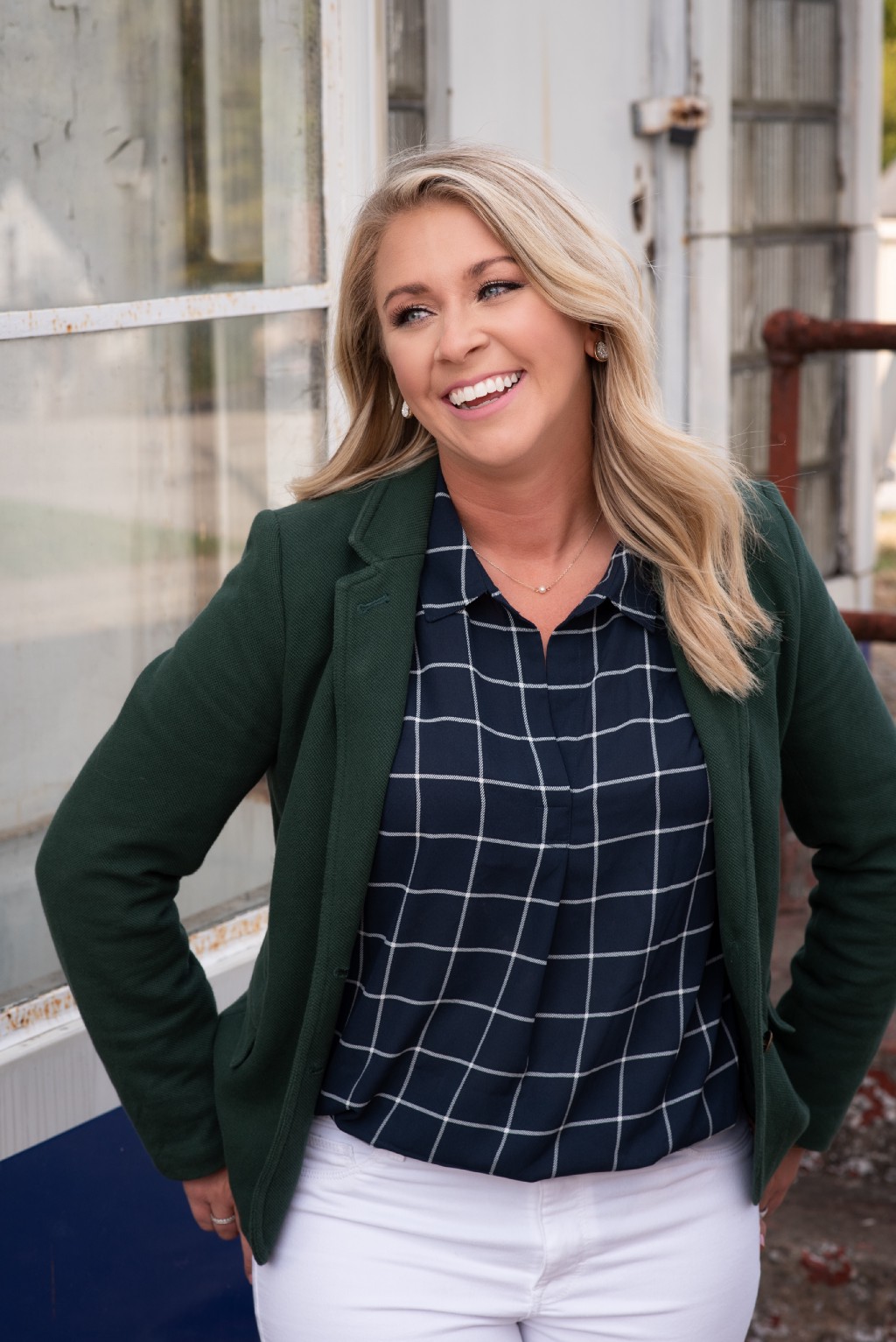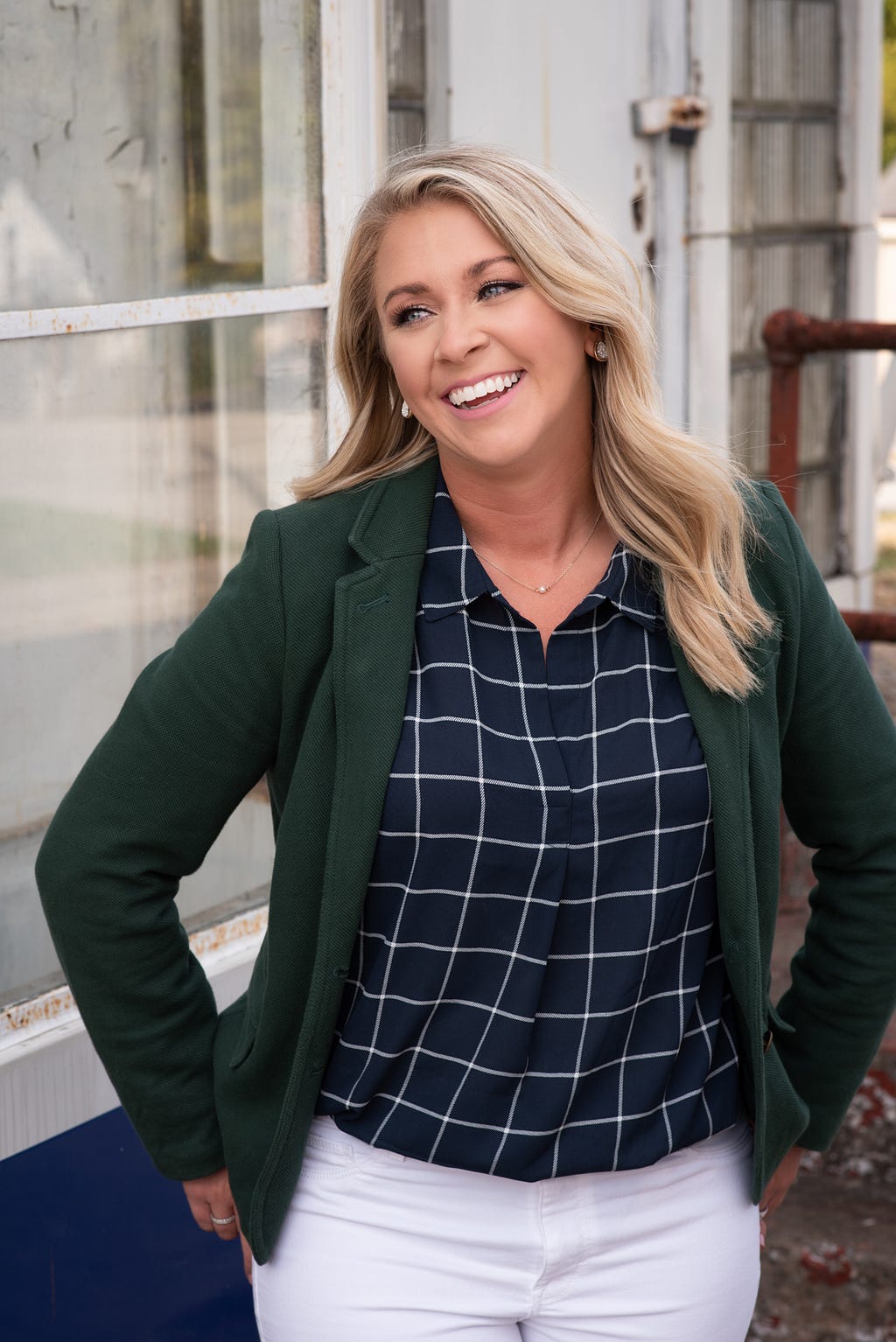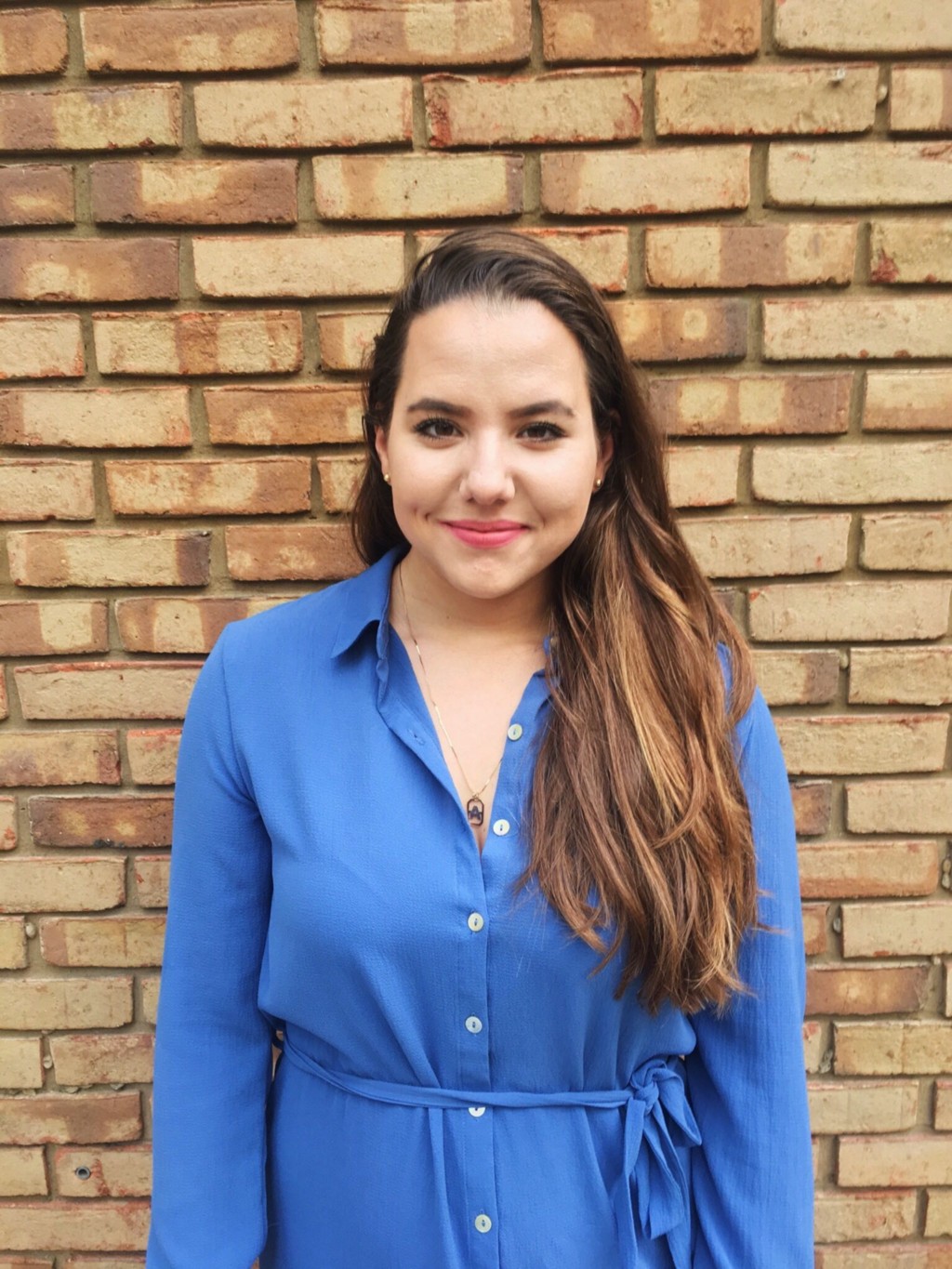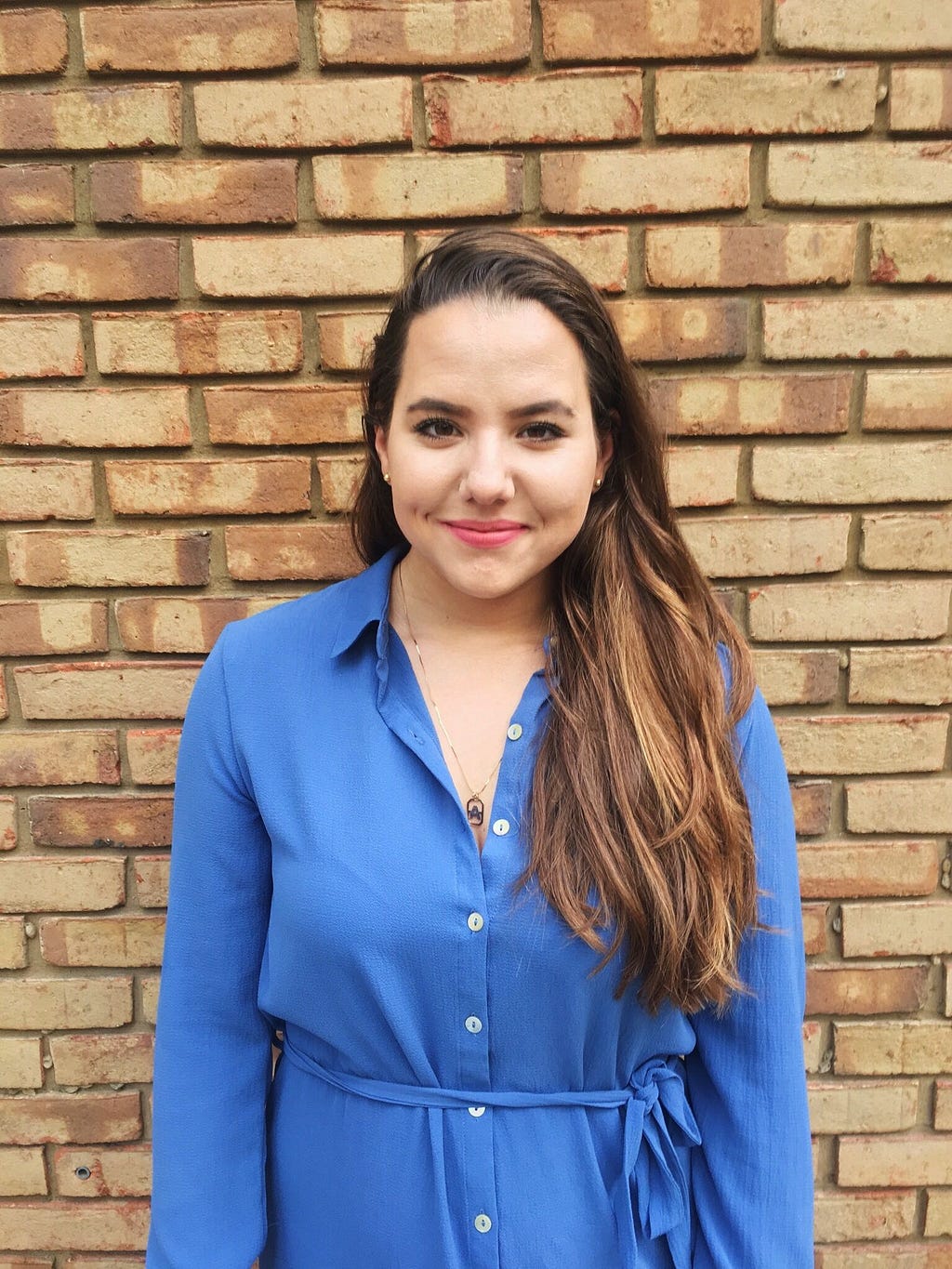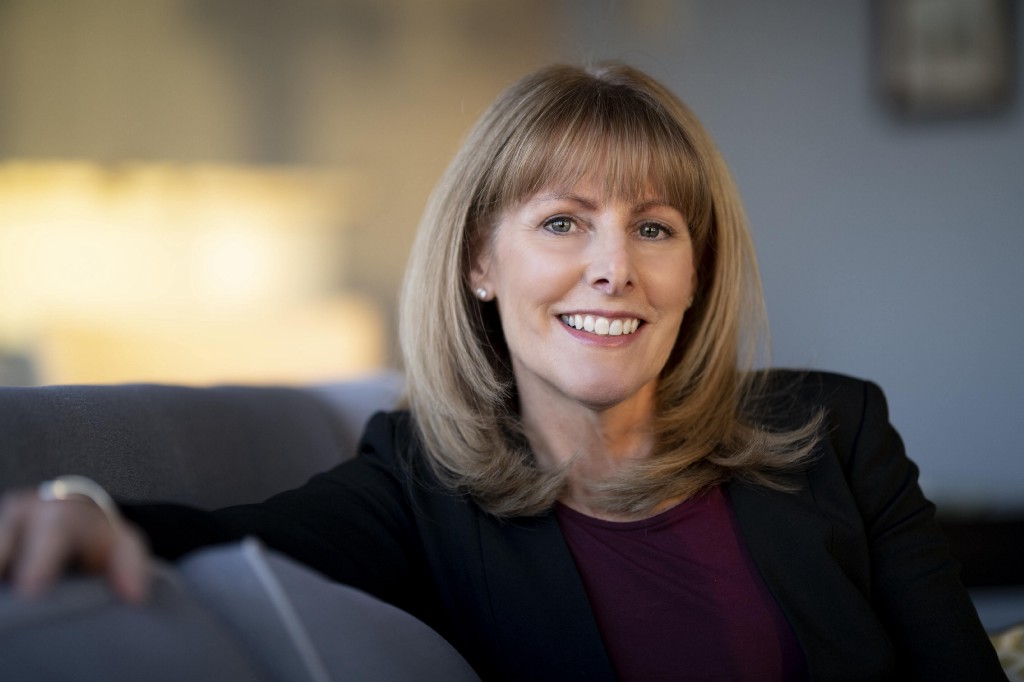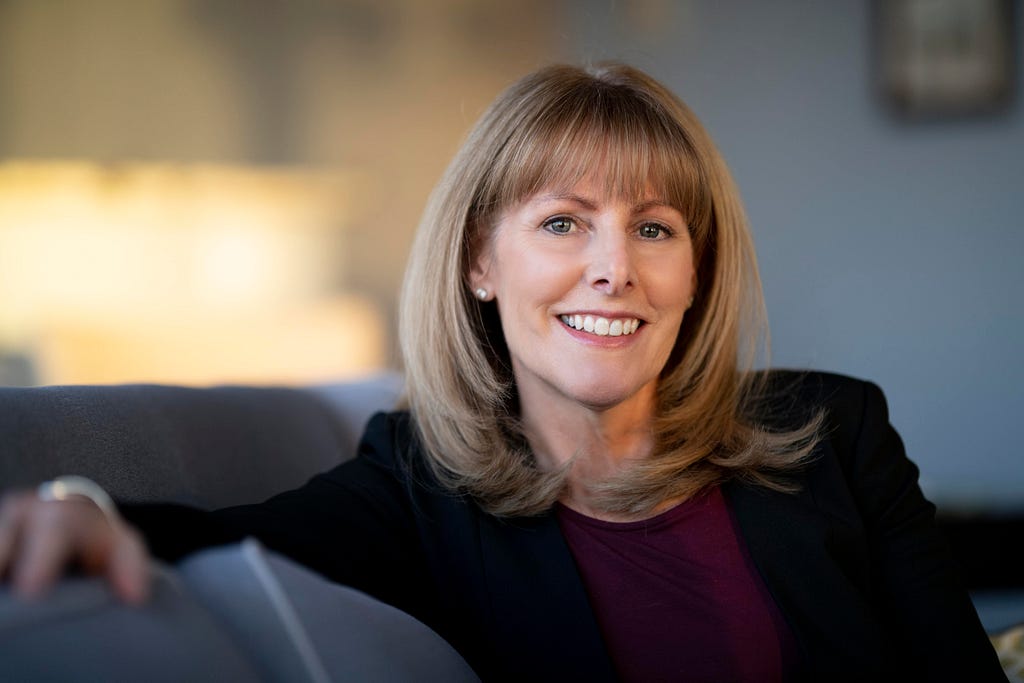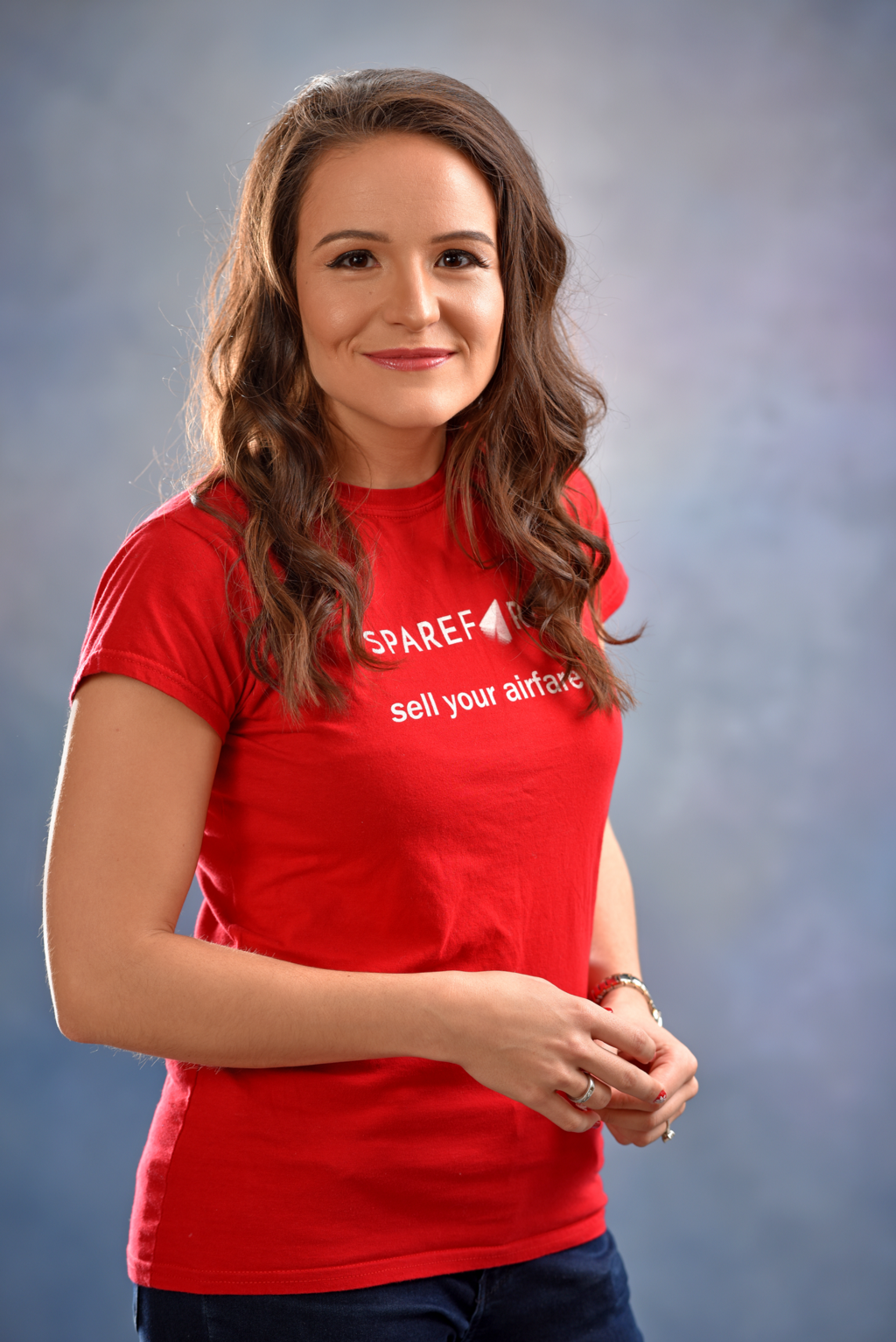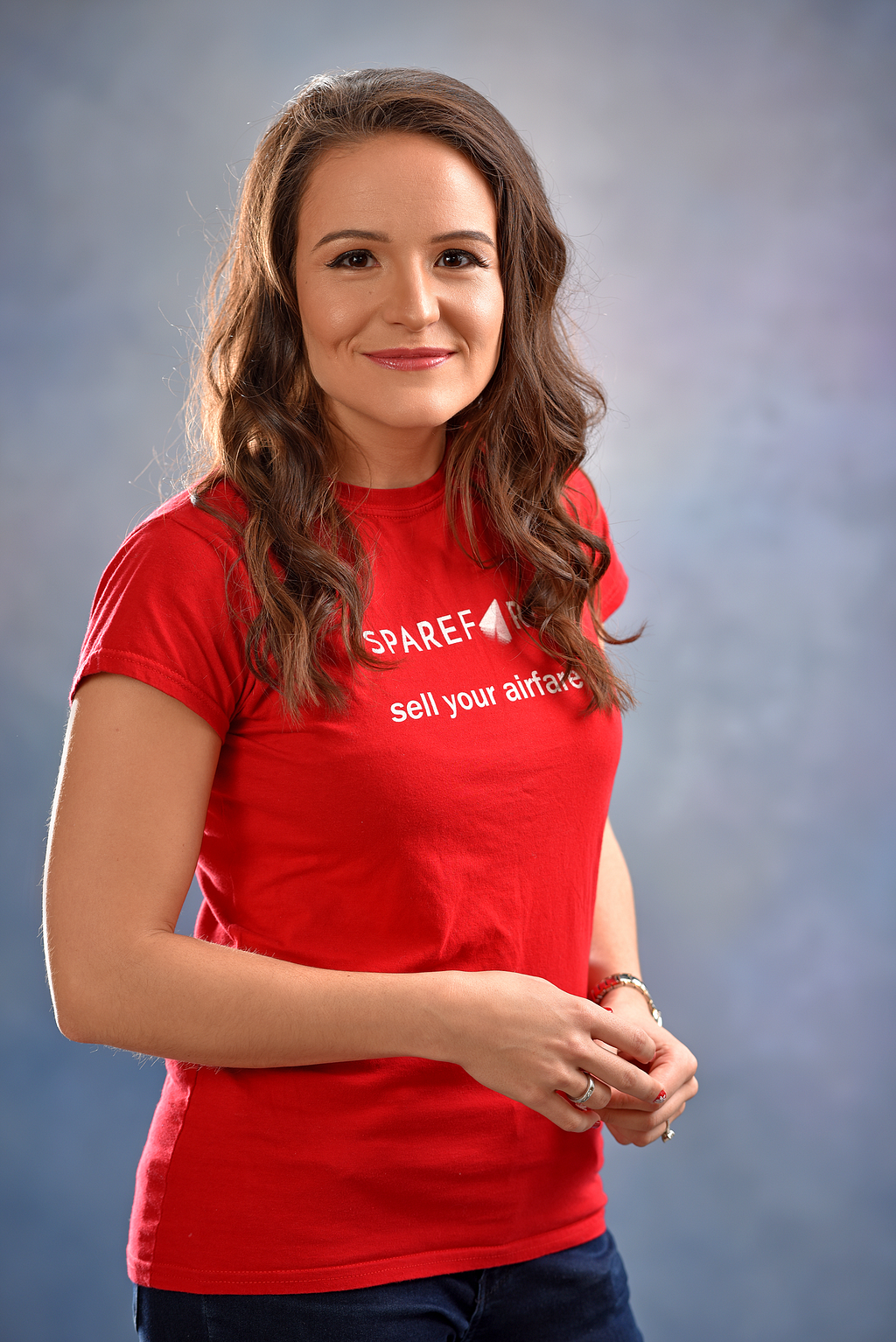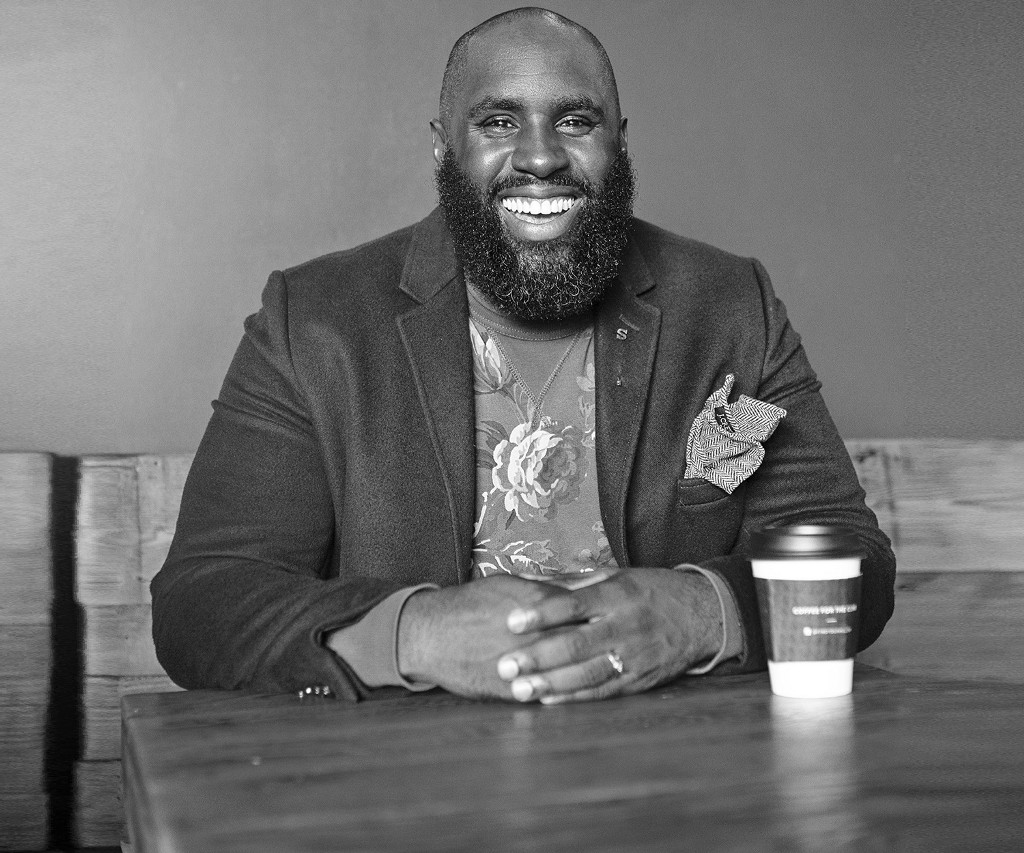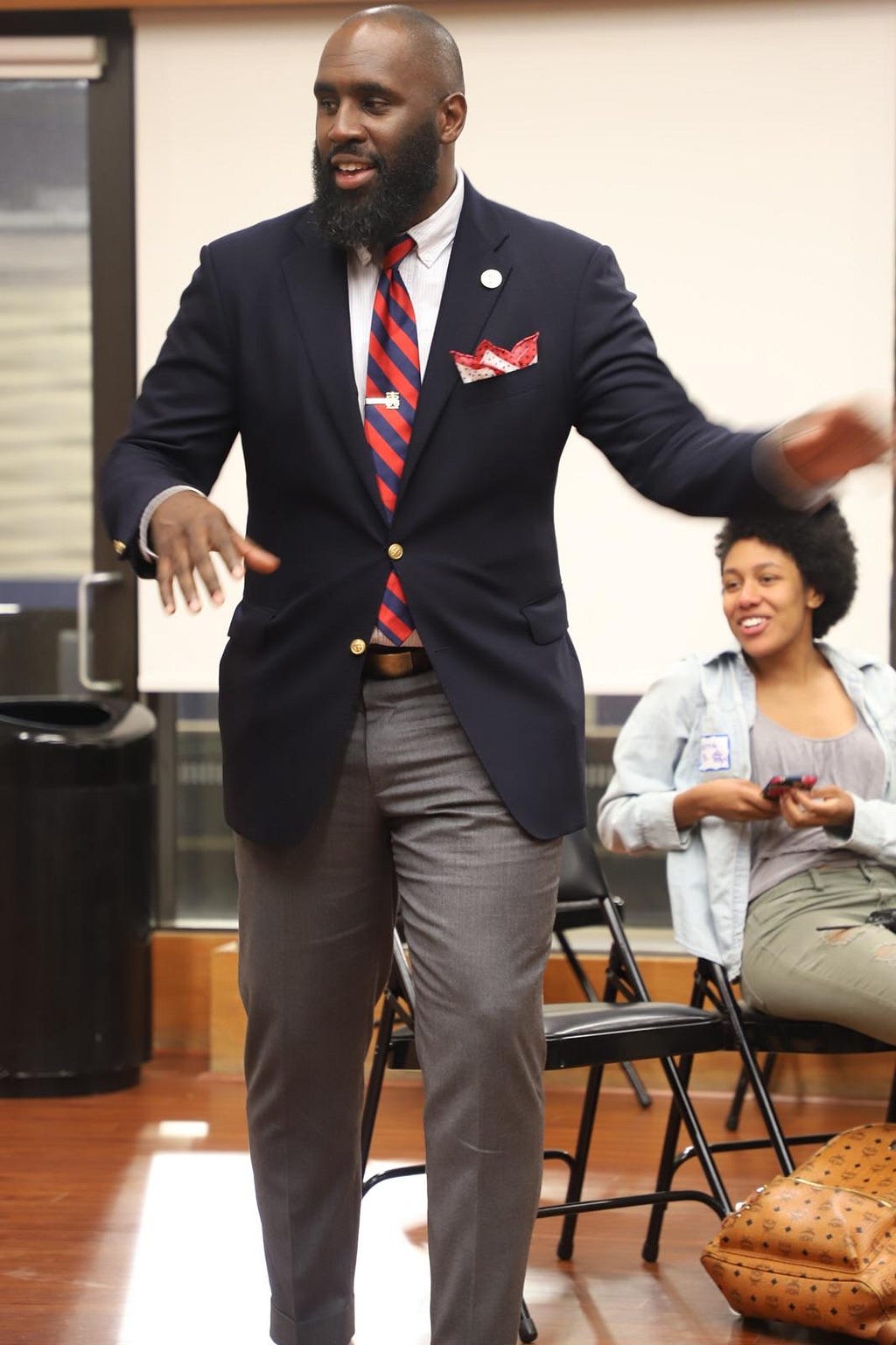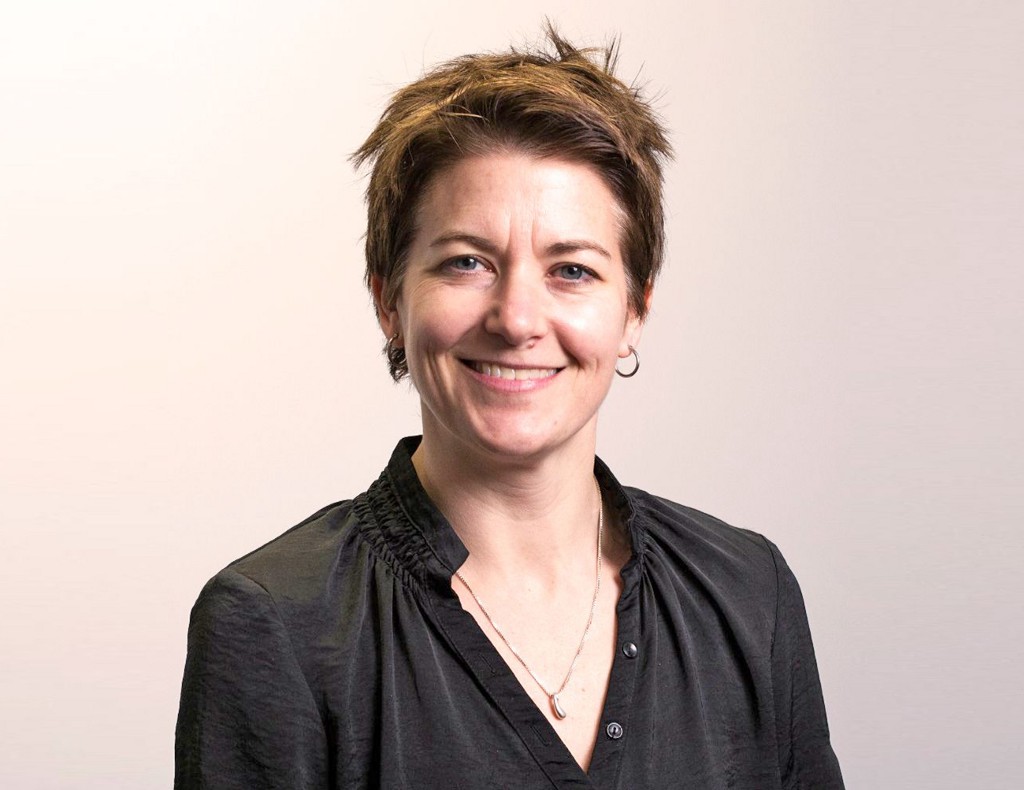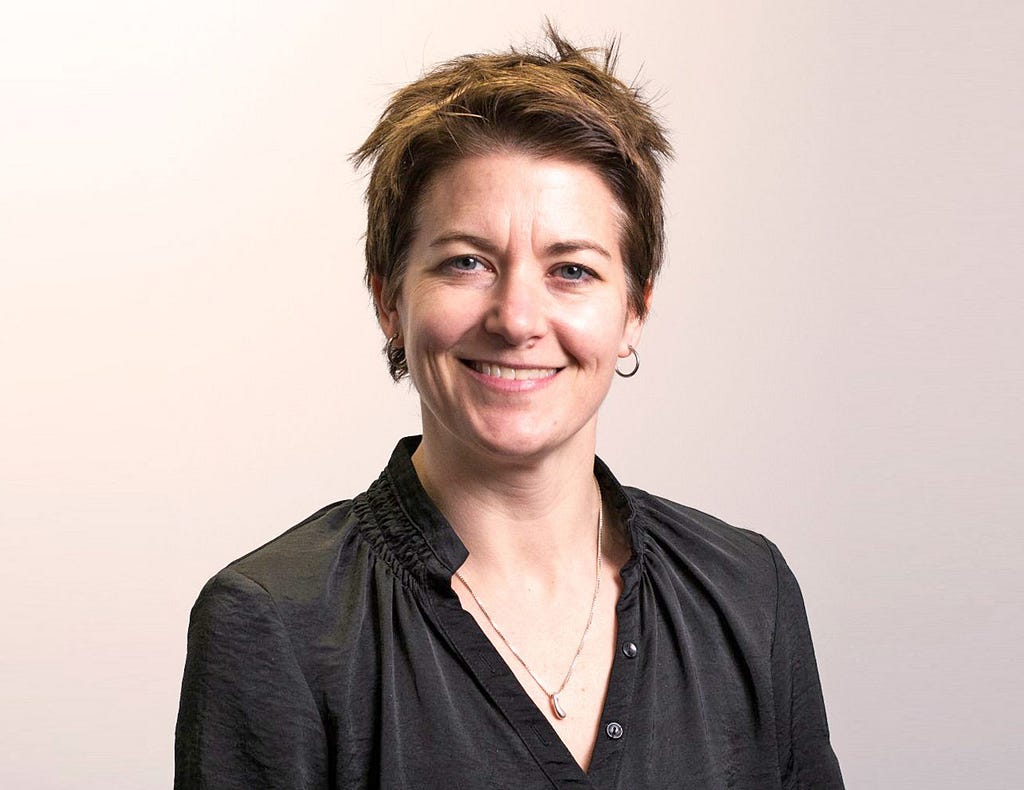Rising Through Resilience: “Give young, high potential employees an opportunity to shine while letting them fail”, With Neil Golson
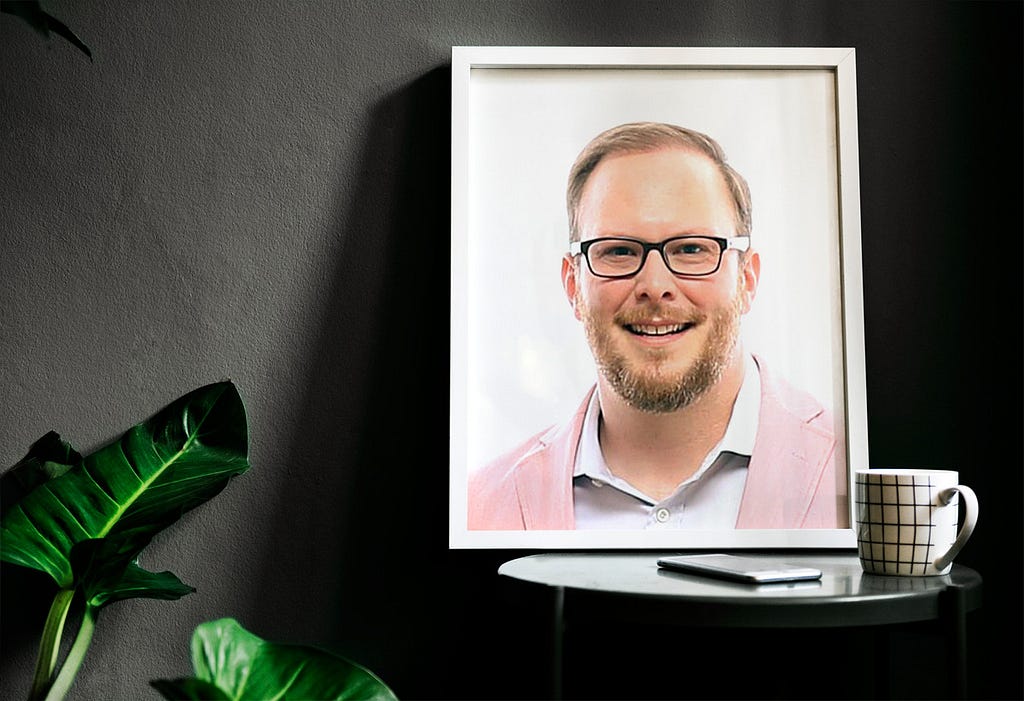
Give young, high potential employees an opportunity to shine while letting them fail. That may sound counter-intuitive, but part of empowering younger employees is letting them know that you’re there for support and guidance, while advising that they’re held accountable for the results.
In my work as a coach and consultant, I speak with business leaders across multiple industries about their most significant challenges. One common theme continues to emerge — rapid change and disruption are the new norms in business, and the only constant is the demand for resilience. At the heart of resilience is the ability to adapt and recover quickly from adversity. I am certain that more than intelligence and talent, resilience is the single most important trait required to succeed in today’s highly complex market.
My “Rising through Resilience” interview series explores the topic of resilience in interviews with leaders across all walks of business.
I had the pleasure of interviewing Neil Golson, Executive Vice President of Marketing & Strategic Partnerships at FlashParking, a mobility technology company. Neil is applying his past marketing strategies in order to position FlashParking to be a player in an entirely new category. Beyond simply perfecting the parking experience, FlashParking is reframing the way that urban communities perceive garages by leveraging their technology to transform physical assets into mobility hubs, which will ultimately transform the mobility grid.
Neil Golson is FlashParking’s new EVP of Marketing and Strategic Partnerships. Neil leads FlashParking’s efforts to help isolated parking assets transition into connected mobility hubs that will be at the core of the smart city. Prior to joining the FlashParking team, Neil served as Head of Marketing & Sales Operations for Residential Energy at Tesla and Sr. Director of Business Development for SolarCity. Before that, Neil spent seven years at The Coca-Cola Company leading the McDonald’s Division for the Asia Pacific, Middle East & Africa and as the Senior Brand Manager for the Coca-Cola brand in North America. Neil earned a B.A. in Journalism and Political Science from the University of North Carolina at Chapel Hill and his M.B.A. from Auburn University. He currently lives in Austin and enjoys spending time with his two girls.
Thank you so much for joining me! Before we begin, our readers would love to “get to know you” a bit better. Can you tell us a bit about your ‘backstory’?
Absolutely. At first glance, my story seems a bit all over the place with time in North Carolina, California, Montana, Alabama, Texas, and China, but what has always fascinated me is tackling complex problems with multiple stakeholders. In high school, I loved the debate team and competing as part of the Model United Nations teams. In college at The University of North Carolina, I had the opportunity to refine those skills further through a double major in Political Science and Journalism, with a focus on persuasive communication in public relations.
After graduation in 1999, I hopped on a one-way flight to San Francisco and joined the dot com boom as a very early employee in a startup called Everdream, founded by Lyndon and Russ Rive with their cousin Elon serving as Chairman of the Board. That was an amazing experience at a technology startup that didn’t quite fit the mold for the dot com boom but was solving a real problem. The company was eventually acquired by Dell and became a big part of Dell’s Small Business Services.
Following that startup experience, I wanted to better understand how large companies functioned and had the opportunity to join The Home Depot in a Store Leadership Program that enabled me to spend time, both as an Assistant Store Manager and time in Corporate Merchandising. I quickly fell in love with retail and the opportunity to test and learn daily with different products featured on endcaps, product demos and DIY classes, and staffing/deployment models to drive consumer/contractor sales, special orders, and customer/employee engagement.
From there, I went to business school with a plan to build on what I’d learned and shift into a career in product marketing and brand management. I landed an internship then a full-time job with The Coca-Cola Company to launch their ready-to-drink coffee business. I worked on several different brands leading up to running the flagship, red can Coca-Cola. During my time at Coca-Cola, I had the opportunity to work on Superbowl ads and American Idol while also working with Wal-Mart, 7-Eleven and local bottlers to introduce new packaging, including the 100-calorie mini-can. While it’s certainly fun to shape a national conversation with a Superbowl ad, launching a new package, building out the supply chain and fundamentally changing a category, was one of the highlights of my career. That opportunity led me to Asia and working with McDonald’s in a fascinating part of the world where both brands were growing rapidly. My team was able to expand into new categories like coffee with McCafé, and real fruit smoothies.
As amazing as the international experience was after my second daughter was born, I knew it was time to get back to the US. I had also been dealing with the unbelievable amount of air pollution in China, so I jumped at the chance to work with Lyndon Rive again and joined SolarCity to help accelerate the transition to sustainable energy. After a few years of hypergrowth, SolarCity became part of Tesla and I broadened my focus to ensure that every electric vehicle sold was powered by sustainable energy with a solar system, residential battery, and home charging. Doing that through the launch of Model 3 as it continued to set sales records quarter after quarter, was very special.
After five years at SolarCity and Tesla, and with electric vehicles and sustainable energy generation well on their way to the mainstream, I decided to start looking for a new problem to solve and that brought me to Austin and FlashParking.
What are the top three factors you would attribute to your success as a leader at FlashParking?
Vision, Strategy, and Persistence.
When I announced on LinkedIn that I was joining FlashParking, I had several friends reach out asking what the real play was because they knew I wasn’t joining just a parking company. Well, they were absolutely right. The vision to evolve isolated parking assets into mobility hubs acting as congestion capacitors for a smart city, as multi-modal logistics hubs, and as a marketplace for busy consumers and their autonomous, electric vehicles is massive. It’s also a simple, and somewhat obvious solution for so many trends we’re experiencing right now.
Painting that vision and influencing real estate owners, mobility companies, and municipalities to align and execute, will require a very clear strategy to create alignment. The transformation must happen quickly to harness the opportunity. We need to demonstrate quick wins for each of these stakeholders because the current trends in urbanization, e-commerce, electrification, and autonomy are moving so fast that if each stakeholder tries to optimize the system for only their best interest, we risk turning our urban cores into giant, cluttered parking lots.
This is where persistence comes in. Today, there is no cost to scooter companies for staging on public sidewalks, no cost to transportation network companies like Uber and Lyft for increasing traffic congestion, and no cost to the air pollution coming from combustion engines. We’re just starting to see municipalities step in and price these externalities, and that’s what will change behavior when done correctly. These costs have to be created in conjunction with all stakeholders so that they actually create change that moves society forward and doesn’t attempt to prevent change from happening. It’s not going to be easy, but the result will be cleaner, more efficient smart cities.
In your opinion, what do you think makes your company (FlashParking) stand out from the crowd?
FlashParking was created by founders from outside the parking industry with a lot of guidance and partnership with industry leaders. The result is a true cloud-based operating system that provides the extensibility to transition isolated parking assets into connected mobility hubs. The real-time visibility and flexibility of the system allows for customization to the unique operation of each garage and the integration of different services and amenities to match the needs of the local consumer.
How has FlashParking continued to thrive in the face of rapid change and disruption in your industry?
The best way to handle change and disruption is to remain nimble and either get ahead of it or find a way to shape and harness that change. I believe that FlashParking has been able to do both, and the key moving forward, will be to work closely with the companies and municipalities that are driving that change to ensure that parking operators and real estate owners have a seat at the table.
Ok, thank you for all that. Now let’s jump to the main focus of this interview. We would like to explore and flesh out the trait of resilience. All of my successful clients seem to have one quality in common, and that is resilience. What does resilience mean to you?
Resilience is about getting hit and getting back up. Having the confidence in yourself and your beliefs to not let anything, or anyone, stand in your way.
When you think of tenacity and endurance, what person comes to mind? Can you explain why you chose that person?
My manager during the transition from SolarCity to Tesla, Bryan Ellis immediately comes to mind. When I first met Bryan, he ran financial planning and analysis, but he was different than any other finance person I’d ever met. Bryan was a business partner and knew what we needed to accomplish and was able to model, listen, remodel, identify options for success, and work with the leadership of every different function to ensure they were all crystal clear on what was necessary to deliver. As we went into the transition and the founders of SolarCity and the majority of the executive team moved out of the business, Bryan stepped into a primary leadership role and handled everything that was thrown his way while communicating to a large organization going through an immense transition. He always did it with a smile and clear, authentic communication, regardless of what was happening. He always followed up, always had an adjustment, always had the willingness and excitement to jump in and figure out how to identify and remove roadblocks.
Has there ever been a time that someone told you something was impossible, but you did it anyway? Can you share the story with us?
It’s interesting. I thought about this one a lot and honestly, I can’t remember someone telling me that. I’m sure it’s selective memory, but I’ve worked with so many great teams, great leaders, and great companies, that I’ve never thought of anything as impossible.
Did you have a time in your life where you had one of your greatest setbacks, but you bounced back from it stronger than ever? Can you share that story with us?
As part of the transition from just selling solar to selling the full Tesla ecosystem — from the electric vehicle to the solar system powering it — I had the opportunity to build and manage the first team within Tesla that was expected to sell all of our residential products. Iterating on the customer journey in real-time with varying value propositions while merging CRM systems, sales cultures, and keeping up with the already crazy pace of change in both businesses took everything I had. As soon as we got the whole thing working, the entire team was integrated into a new sales organization and I shifted back into a sales operations and marketing role. While I knew that was always the plan, that transition was tough emotionally. It took me a few months to authentically be back at my normal self as we fine-tuned the new organization, addressed challenge areas, and got the whole thing back up to speed. It really took a commitment to the principles and process and continuing to push for what I knew was possible.
Did you have any experiences growing up that have contributed to building your resiliency? Can you share a story?
A big part of my experience growing up was willing to seek out an independent adventure. It likely came from my summers at YMCA Camp Thunderbird. That sense of adventure led me to be an exchange student in high school in Spain, which then led me to a public boarding school at the North Carolina School of Science & Math. I also was supported by hiking, camping, and white water rafting with my father. That continues today as we’ve hiked Mt. Kilimanjaro together in Africa, as well as the Great Wall in China.
Resilience is like a muscle that can be strengthened. What strategies do you use to strengthen your resilience? (Please share a story or an example for each)
I feel like my daughters strengthen that for me every day.
What are your thoughts on how leaders can create a more resilient workforce?
Give young, high potential employees an opportunity to shine while letting them fail. That may sound counter-intuitive, but part of empowering younger employees is letting them know that you’re there for support and guidance, while advising that they’re held accountable for the results.
Extensive research suggests that people who have a clear purpose in their lives are more likely to persevere during difficult times. What is your purpose?
My purpose is to leave the world a better and happier place than I found it. There’s so much negativity in our society today. That’s what drew me to authentic, positive brands like Coca-Cola, that allow you to react to the world and not just talk about features and benefits. It’s also what drew me to companies like Tesla and FlashParking, that are using technology to solve real problems.
What is your favorite quote or personal philosophy that relates to the concept of resilience?
The quote that guides me every day is, “Live a Great Story.” For my 10th wedding anniversary, my wife and I hiked to the base camp on Mt. Everest. On the last day, you hike through a memorial zone that families and friends have put up different things to remember climbers that died on the mountain. That last day has some serious elevation and every step you take is difficult, but for some reason when I passed a monument with that quote on it, I was flooded with emotion and sat there for quite a while. When I got home and looked up the climber, I learned that he had come to Everest from the US, he left his two young daughters at home that were the same age as mine. His memorial had that quote on it and to me, the way it connects to resiliency is that if you’re living a great story, then you’re in charge of the narrative, you’re in charge of how it ends and every great story needs a hero that doesn’t let anything stop them.
Can our readers follow you on social media?
FlashParking’s Website: https://www.flashparking.com/
FlashParking’s Facebook: https://www.facebook.com/FlashParking/
FlashParking’s Instagram: https://www.instagram.com/flashparking/
Flashparking’s Twitter: https://twitter.com/flashparking
FlashParking’s LinkedIn: https://www.linkedin.com/company/flashparking/
Neil’s Linkedin: https://www.linkedin.com/in/neil-golson-3123842
This interview was inspiring. Thank you very much.
Rising Through Resilience: “Give young, high potential employees an opportunity to shine while… was originally published in Authority Magazine on Medium, where people are continuing the conversation by highlighting and responding to this story.


